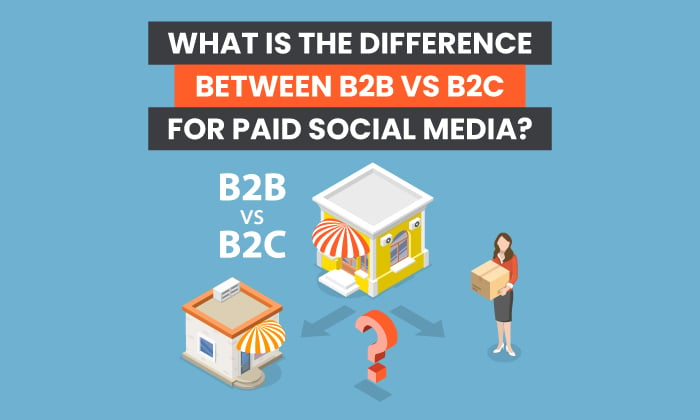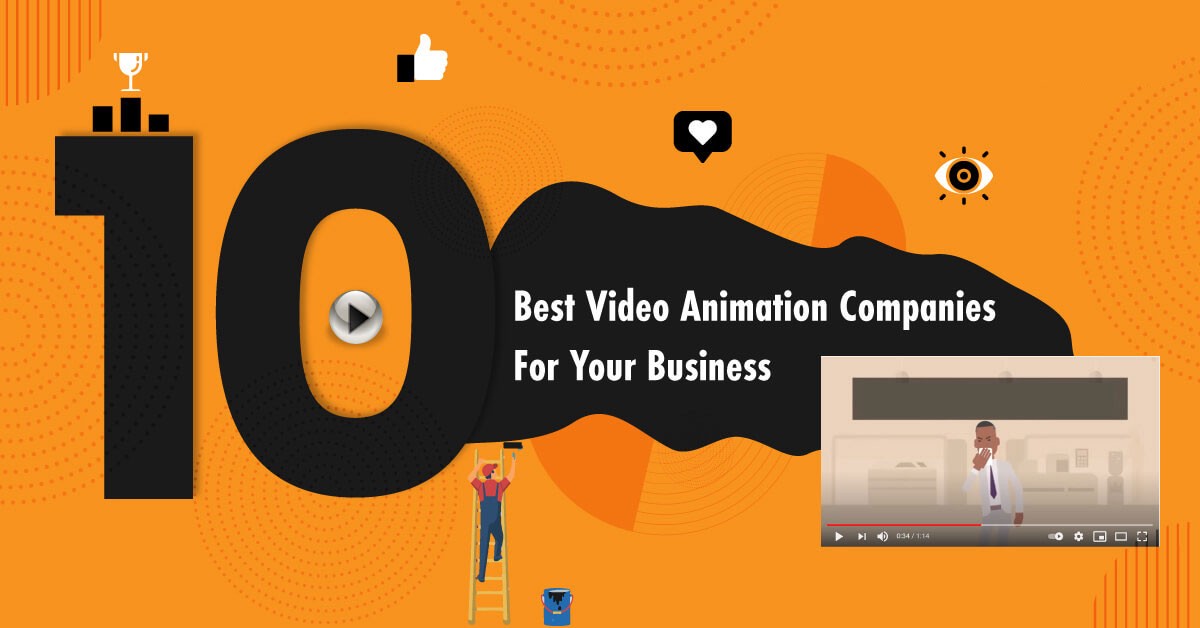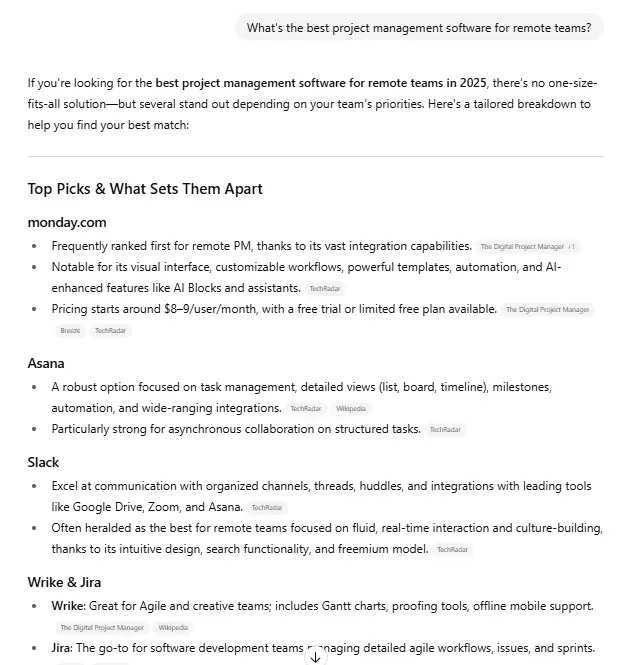How To Get Started With Enterprise Marketing Workflow Automation via @sejournal, @krisjonescom
Discover the roadblocks you'll typically encounter with starting enterprise workflow automation. Learn how to get around them so you can scale SEO with success. The post How To Get Started With Enterprise Marketing Workflow Automation appeared first on Search...

If you’re at a mid-level agency moving into the enterprise-client space – whether gradually or at warp speed – you have probably realized that you’ll need as many automated workflow processes as you can get.
You can even look at automated sales tools such as Zendesk that take 45% of tedious tasks away from humans.
Performing SEO or PPC for a handful of smaller clients can be challenging enough, especially if you’re performing many of their tasks manually.
With enterprise-level clients, though, you just can’t afford to approach things too manually anymore. You’ll need to automate your workflows.
This post is for beginners and not an exhaustive post on the best digital marketing automated workflow tools out there.
I’m going to help you get started.
My goal here is to get you thinking about the best ways to approach workflow automation as you start picking up enterprise clients.
There are plenty of areas in digital marketing where you can automate a process and free up time for other things.
Thinking About Workflow Automation: Your Goals
Like so many processes in agency life, the best starting point with workflow automation is knowing what you’re trying to achieve: Your goals.
The point of automating anything is to save time and money for the most part.
Everyone wants to save time and money, and automating a process will make that process more efficient.
However, the goals for enterprise-level workflow automation are still going to be different in the particulars for each agency.
For instance, maybe your agency focuses more on link building than any on-site SEO tasks.
In that case, you would need more of an infrastructure for monitoring and examining your clients’ backlinks and domain authority than anything else.
If backlinks are your meat and potatoes, and you need to make that process as efficient as possible, then maybe consider upping (or getting for the first time) your plan with a useful backlink tool such as Majestic, Semrush, or Ahrefs.
Sure, you’re almost always going to pay more for the increased ability to automate something like monitoring, but what do you save in employee time and company resources?
Let’s say your agency is breaking into the enterprise space and considers itself weak on the reporting end. You just don’t like the infrastructure and feel your enterprise clients deserve more.
You have to ask yourself, “Do I feel that an automation tool such as Google Data Studio can help me here?”
From experience, Data Studio is one of my go-to reporting dashboards, but don’t just take my word for it.
There are other reporting dashboard products out there for this, such as Databox or Geckoboard.
Whatever you’re working on, my overall advice to the folks just getting started with enterprise workflow automation is first to define your goals.
Whether it’s a more efficient process of site monitoring, keyword clustering, or content reporting, you need to know what you’re after.
Those goals should lead you in the right direction, i.e., to the selection of tools that offer just what you need.
What do those things usually include?
Accurate representation of data. Tasks (with assignees and reset abilities). Team member communication. Scaling capabilities. Customizable features.Trust me when I tell you that once you have these automated features in your workflow, you won’t want to be without them.
Proceeding With Caution: Introducing Automation Internally
If your agency has been chugging along, doing things mostly manually for the last few years, I can tell you that wholesale process changes can be hard to swallow for some teams.
You’re taking a process that worked and introducing cell-level changes to it.
The argument is that the change was necessary because you’re in the enterprise space now.
The data is more numerous, the workflow more complex, and the requests more demanding.
But there are a few things to consider here:
The automation tool you ultimately select should be the best for your agency out of all the options; don’t compromise here. The whole team must learn a new tool or process, which takes time and invites errors. You may encounter actual resistance from some team members who prefer the old ways.First of all, it’s always good to make changes like this gradually.
Watch product demos, get free trials, and compare all the automated workflow tools you’re considering.
On the other two points – relating to team errors and personal resistance – you can just about expect those obstacles to arise.
The solution?
Don’t make those wholesale changes all in one go.
Figure out a way to participate in your current process and automate it using the new software. Test some things in a low-stakes environment, maybe even for your own agency’s website.
What better place for your team to learn the basics and make all their mistakes?
Once your team clears a new hurdle by figuring something out and making it efficient, introduce that automated process more widely in your agency.
This process may be slower than you like, but your enterprise clients deserve optimized procedures around their SEO, paid media, or whatever other large-scale service they’re getting from you.
Also, it’s good to look at this introductory time as an investment more than anything else.
You’re putting in the time and money now to acquire this workflow automation tool and train your team in its use.
The result will be an agency using an automation tool to deliver a more streamlined product to its enterprise clients.
I can’t imagine what else you could want!
Self-Monitoring In Progress: Tracking Your Savings
Ideally, you’re going to start reaping the savings from any automated workflow tool you get.
Those savings won’t just be what you can deliver for your enterprise-level clients and how much more satisfied you’ll make them.
The savings are also in how you benefit as an agency.
Having seen multiple agency transitions from mid-level to enterprise-level, I can tell you that introducing an automated workflow tool doesn’t guarantee you’ll save resources.
You have to be smart about it and audit every expense related to your work output. Compare the data from before the tool and after it.
It might not always be as simple as you think.
For instance, you might assume that introducing an automated process into your workflow would allow you to maintain fewer employees to oversee those parts of the work.
You could be right about that in many or most cases.
But what if the enterprise client getting the work is so large and complex that it requires more hires?
And what if those hires end up costing more than what you saved from automating your workflow?
Of course, you’re still earning an enterprise-level retainer, so maybe things work out in the end anyway.
Consider these issues as you prepare for and eventually implement an automated workflow for your enterprise clients.
There are also blips you’ll run into that no one can predict.
For example, if you implement a backlink-tracking automation tool for a client with 60,000 backlinks, maybe it works just fine for a while, but then you discover you can make the monitoring still more efficient.
You’re going to have those opportunities and choices down the road.
Learning As You Go
Since my goal in writing this was to help out those who are just getting started with workflow automation in the enterprise space, I wanted to cover every possible scenario you could run into as you go.
However, you will run into issues as you progress down this road. Enterprise clients demand a lot of you.
You can’t plan for it all.
I think the little-by-little approach should work wonders for you, though.
Try something out before scaling it.
That has often been the road to success for me, and it could be for you, too.
More resources:
Proven Ways To Improve Organic Marketing Workflow Efficiency How To Automate Google Ads – No Coding Required Essential SEO Tools for AgenciesFeatured Image: Den Rise/Shutterstock

 Troov
Troov 






























